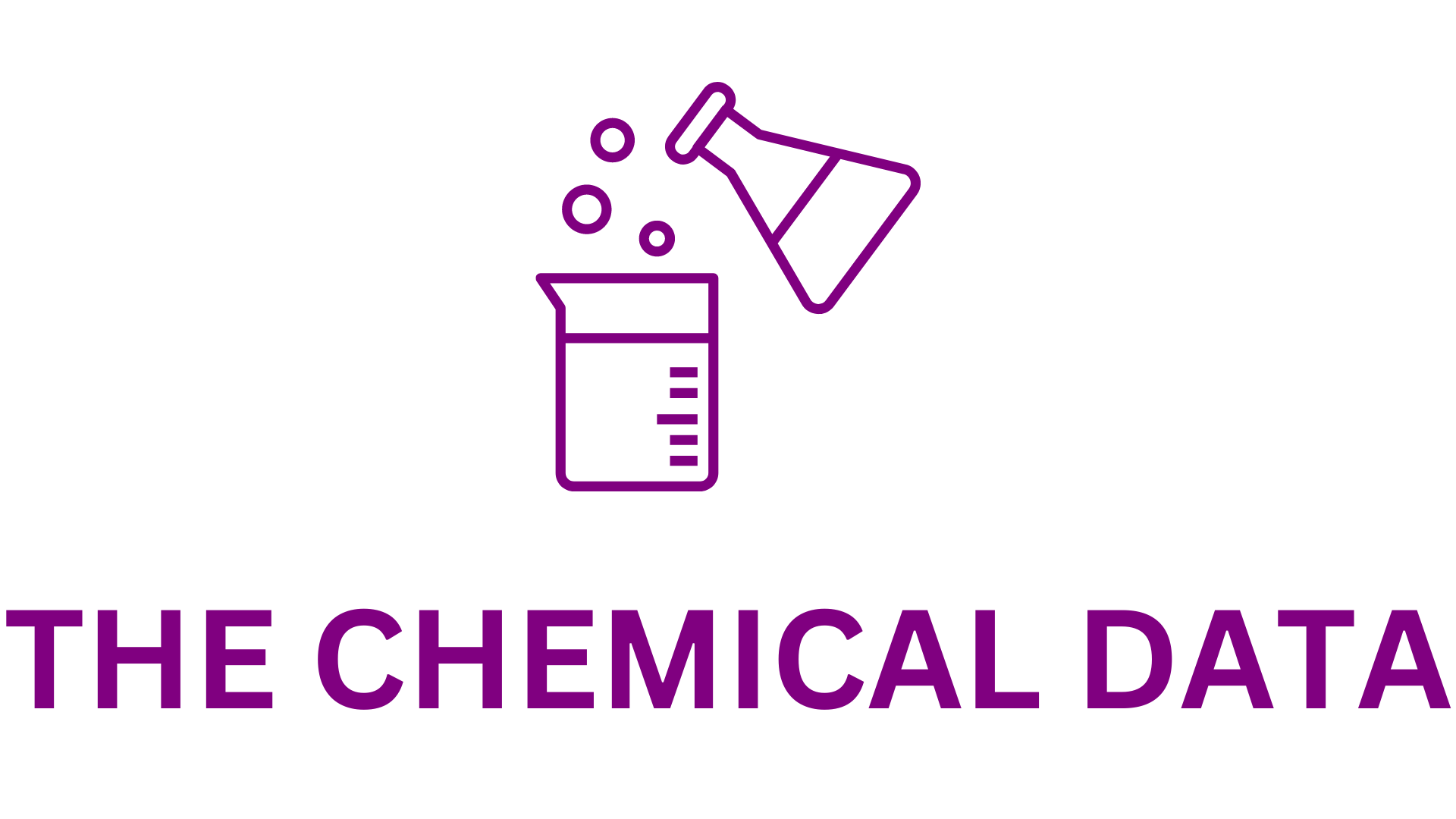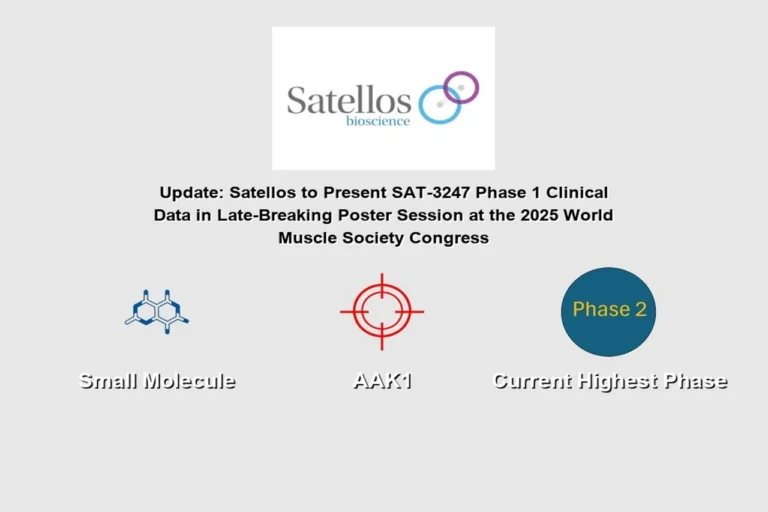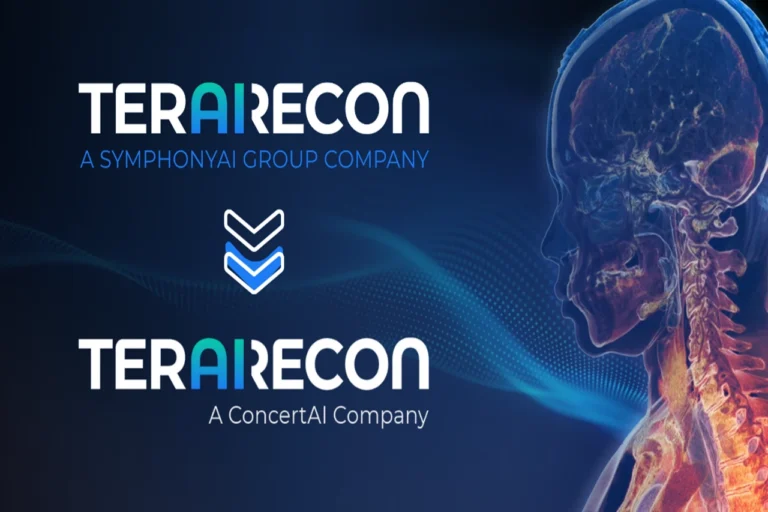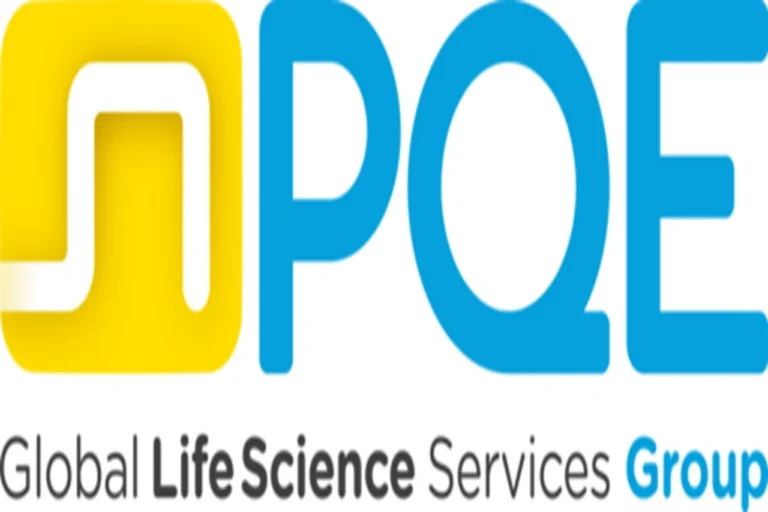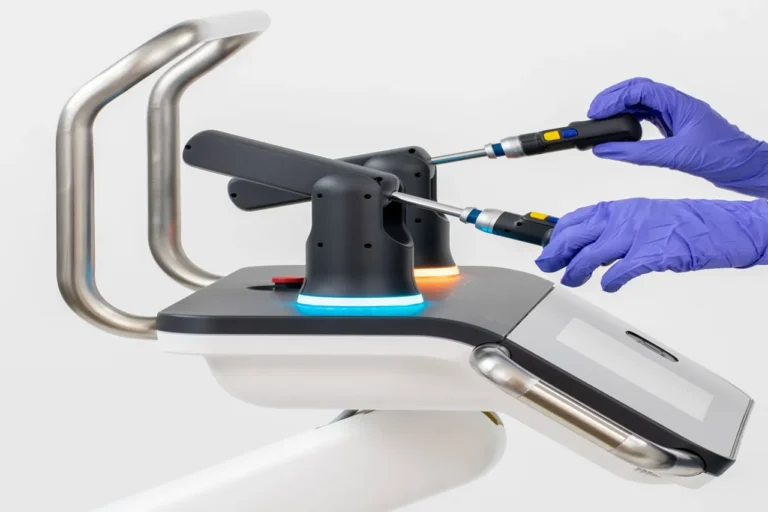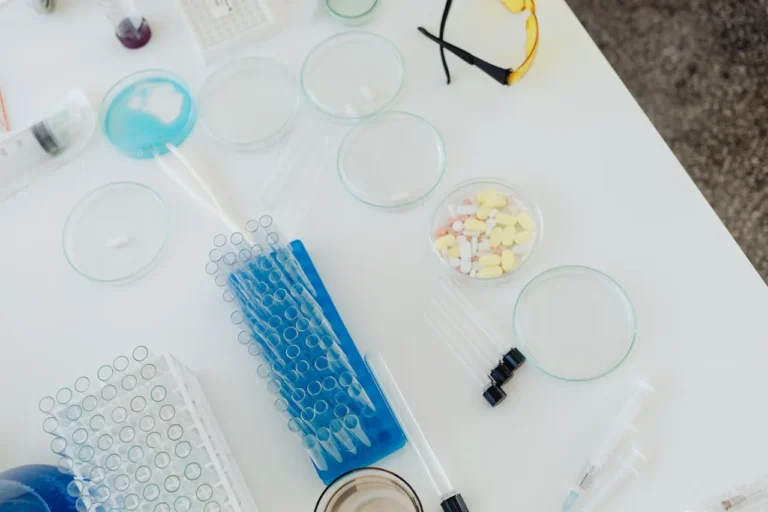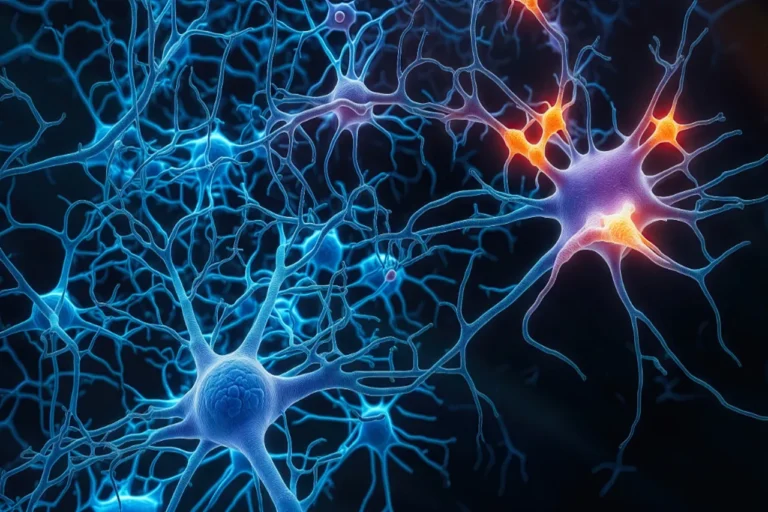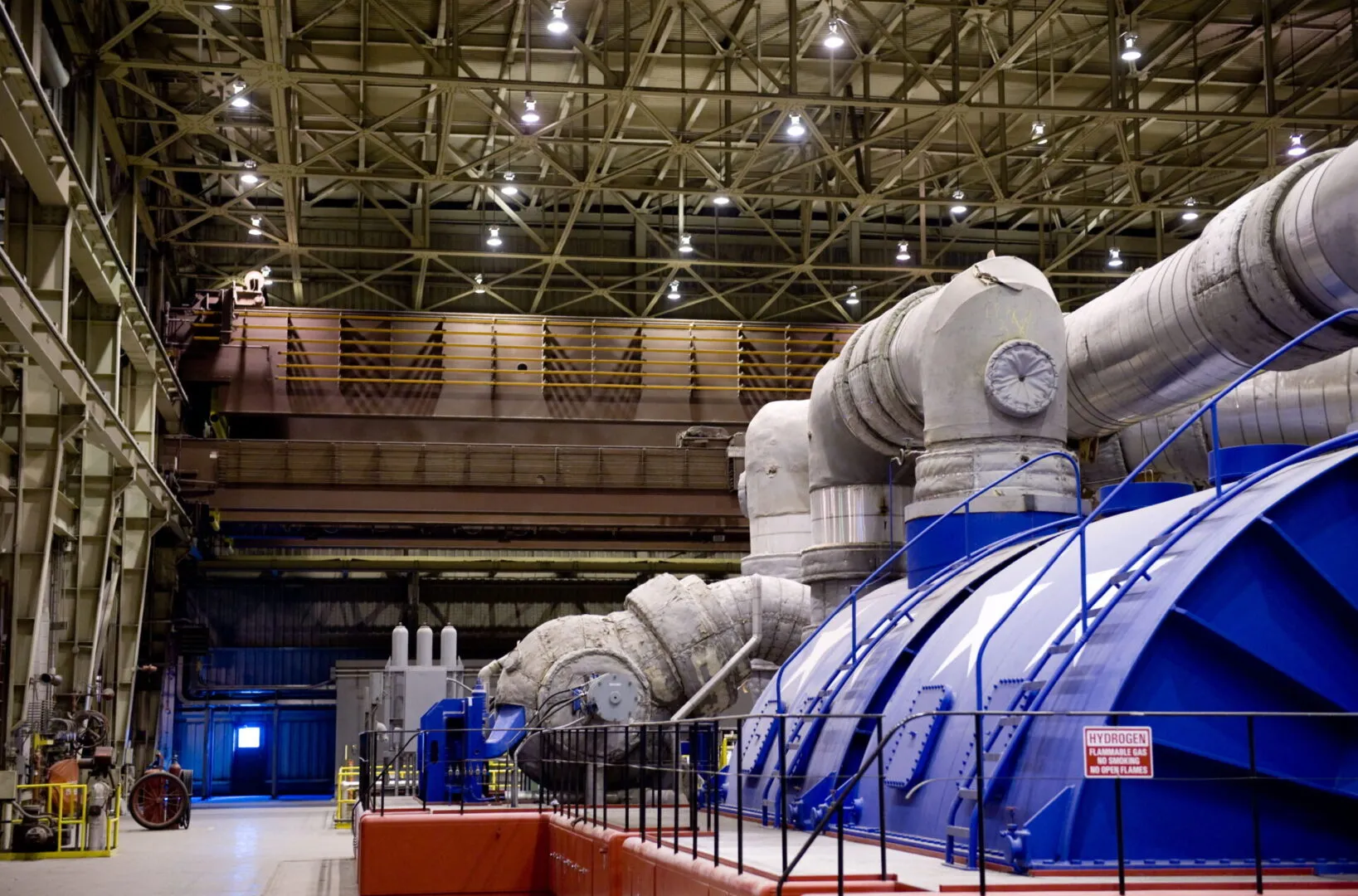
Mitsubishi Electric to Pilot CO₂ Capture Technology Co-Developed with ITRI in Taiwan
Mitsubishi Electric Corporation, a global leader in electrical and electronic equipment, announced a major step forward in its efforts to combat climate change through innovative technological solutions. On June 9, 2025, the company launched a long-term demonstration of advanced carbon dioxide (CO2) capture technology, utilizing a machine developed by Taiwan’s Industrial Technology Research Institute (ITRI). The initiative will take place at Mitsubishi Electric’s Advanced Technology R&D Center located in Amagasaki, Hyogo Prefecture, Japan, and is scheduled to run until September 2027. This multi-year project is a testament to Mitsubishi Electric’s commitment to environmental sustainability and the development of cutting-edge carbon capture and utilization (CCU) technologies.
This demonstration is part of a larger cooperative agreement signed between Mitsubishi Electric and ITRI in April 2024. The agreement established a collaborative framework for the development of sustainable technologies with a focus on mitigating the impact of greenhouse gases. The collaboration aims to leverage the strengths of both organizations to develop practical and scalable CCU technologies capable of reducing industrial carbon emissions. As climate change continues to pose a significant global threat, partnerships like these represent essential efforts to address environmental challenges with scientific and technological innovation.
At the heart of this project is a newly developed CO2 capture machine that employs a solid adsorption process. Unlike traditional liquid absorption methods, which typically use amine-based aqueous solutions to absorb and release CO2, the solid adsorption technique utilizes a solid adsorbent material. This material selectively adsorbs CO2 from the flue gas produced by combustion processes, such as those in boilers, and then releases the CO2 when the adsorbent is heated. The recovered CO2 can then be processed and potentially used in various applications, such as the production of synthetic fuels and chemical feedstocks.
Mitsubishi Electric’s demonstration connects the CO2 capture machine to a steam-generating boiler to evaluate its effectiveness under real-world conditions. The flue gas produced during boiler operation contains varying concentrations of CO2, simulating emissions typically found in power plants and industrial facilities. By analyzing how efficiently the machine captures CO2 under these conditions, the demonstration will provide valuable data to optimize the technology for future commercial deployment.
The advantages of the solid adsorption method are significant. Traditional liquid absorption systems rely heavily on the heating and evaporation of the amine solution to recover the absorbed CO2, a process that consumes substantial amounts of energy. This energy-intensive step not only reduces the overall efficiency of the carbon capture system but also adds operational costs. In contrast, the solid adsorption method eliminates the need for evaporating a liquid medium, which significantly reduces energy consumption and enhances the overall energy efficiency of the CO2 capture process.
Furthermore, the use of solid adsorbents presents additional benefits, including greater material stability, lower corrosion risk, and a reduced environmental footprint. These characteristics make the solid adsorption approach particularly attractive for long-term and large-scale deployment in industrial settings. Mitsubishi Electric and ITRI aim to refine the technology over the course of the demonstration, addressing any operational challenges and validating the system’s performance, reliability, and cost-effectiveness.
The CO2 capture demonstration is also aligned with Mitsubishi Electric’s broader sustainability vision. The company has set ambitious environmental goals, including achieving net-zero greenhouse gas emissions across its value chain by 2050. By investing in innovative technologies and collaborating with global research institutions, Mitsubishi Electric is actively contributing to the development of practical solutions that support the global transition to a low-carbon economy.
ITRI, Taiwan’s leading applied technology research institute, brings decades of experience in clean energy technologies and environmental solutions to the partnership. Its development of the solid adsorption CO2 capture machine reflects a strategic focus on sustainable technology innovation. By collaborating with Mitsubishi Electric, ITRI is expanding the potential reach and impact of its technologies in the international arena.
In addition to CO2 capture, the two organizations are exploring the broader concept of carbon dioxide utilization. CCU technologies offer a dual benefit: they not only reduce atmospheric CO2 concentrations but also enable the conversion of captured carbon into useful products. These may include synthetic fuels, industrial chemicals, and construction materials, contributing to a circular carbon economy.
As the demonstration progresses, Mitsubishi Electric plans to collect extensive operational data, which will inform future enhancements to the CO2 capture machine. This data will include performance metrics under different operating conditions, energy consumption levels, CO2 recovery efficiency, and potential integration pathways with downstream utilization processes. The ultimate goal is to scale up the technology for commercial applications in industries such as power generation, steel manufacturing, cement production, and other high-emission sectors.
The implications of this demonstration extend beyond Japan. As countries around the world seek to meet their climate commitments under the Paris Agreement, carbon capture and utilization technologies are expected to play a critical role. Innovations such as the solid adsorption method being tested by Mitsubishi Electric and ITRI could provide a more energy-efficient and cost-effective pathway for industries to decarbonize their operations.
Mitsubishi Electric’s initiative also highlights the importance of international collaboration in addressing global environmental challenges. By partnering with ITRI, the company is fostering a spirit of shared innovation and contributing to the collective knowledge base in the field of carbon capture technologies. This type of cross-border cooperation is essential for accelerating the development and deployment of climate solutions on a global scale.
In conclusion, the demonstration of CO2 capture technology at Mitsubishi Electric’s R&D center marks a significant step forward in the development of advanced carbon management solutions. Through its partnership with ITRI and its commitment to sustainability, Mitsubishi Electric is paving the way for a future where industrial processes can coexist with environmental stewardship. As the world grapples with the pressing need to reduce greenhouse gas emissions, projects like this offer a promising glimpse into the role that innovation and collaboration will play in building a more sustainable future.
